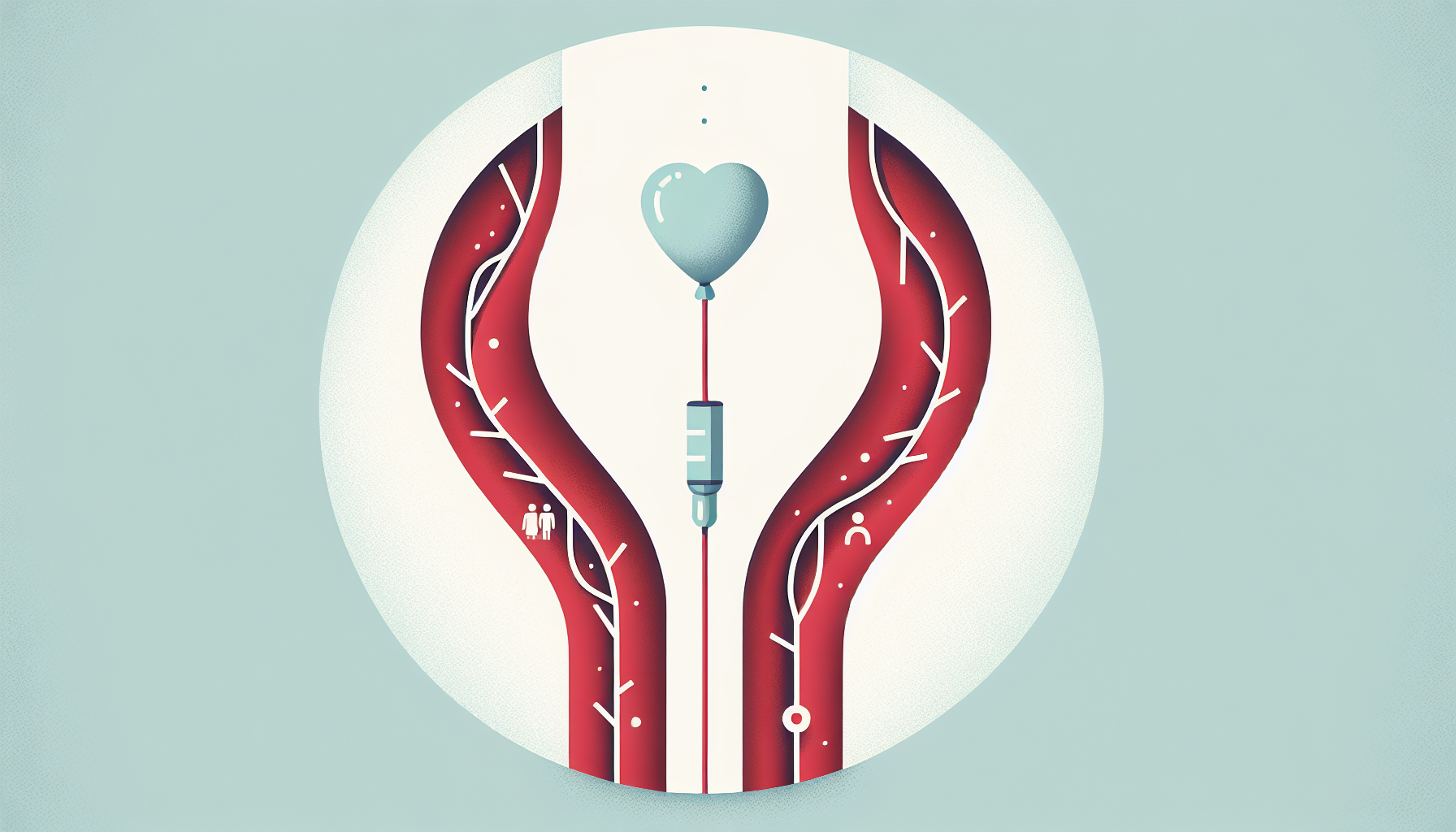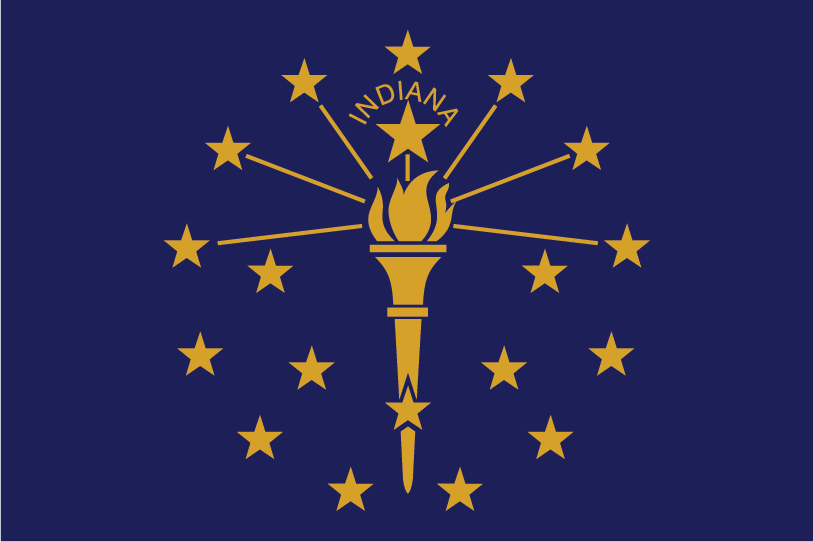Definition
Angioplasty, within the context of VA benefits, refers to a minimally invasive medical procedure used to restore blood flow in narrowed or blocked arteries. It usually involves inflating a balloon inside the affected artery and placing a stent to keep it open. This procedure can alleviate symptoms associated with restricted blood flow and prevent potential heart attacks or strokes.
Key Takeaways
- Angioplasty is a minimally invasive procedure aimed at improving blood flow in the arteries by clearing blockages and widening narrowed arteries, which can significantly benefit veterans with cardiovascular conditions.
- VA benefits provide coverage for angioplasty procedures when deemed medically necessary, as part of their comprehensive healthcare services to ensure the well-being of veterans.
- Veterans eligible to receive healthcare services through the Department of Veterans Affairs may access angioplasty procedures at authorized VA hospitals, community hospitals, or outpatient clinics by working with their primary care provider to determine the need and coordinate the treatment plan.
Importance
Angioplasty is an important term in the context of VA benefits because it refers to a medical procedure often undergone by veterans to alleviate symptoms or treat conditions related to their circulatory system.
This minimally invasive procedure involves the use of a balloon catheter to widen blocked or narrowed arteries, thereby restoring blood flow and reducing the risk of heart attack, stroke, or other complications.
As a key component of medical care for service-related health issues, veterans who have undergone an angioplasty may be eligible for disability compensation or other benefits through the Department of Veterans Affairs, playing a critical role in their access to vital healthcare and financial resources.
Explanation
Angioplasty is a minimally invasive medical procedure commonly utilized to improve blood flow in the arteries, which is fundamental for individuals suffering from various forms of vascular diseases, such as coronary artery disease (CAD) or peripheral artery disease (PAD). The primary purpose of angioplasty is to alleviate symptoms associated with decreased blood flow, such as chest pain, shortness of breath, and fatigue. This technique is instrumental in preventing severe complications like heart attacks, strokes, and even death, by efficiently addressing the underlying issues of narrowed or blocked arteries.
In addition, angioplasty often helps patients improve their overall quality of life, regain physical mobility, and avoid the need for more invasive procedures like bypass surgery. During an angioplasty, a specialized catheter with a small balloon is carefully inserted and guided by a physician to the targeted location within the artery.
Once in place, the balloon is inflated, effectively pushing the plaque and fatty deposits against the arterial wall, thereby widening the artery and allowing increased blood flow. In many instances, a small metal mesh tube called a stent is placed permanently in the artery to maintain its open structure and reduce the risk of it narrowing again.
With faster recovery times, reduced discomfort, and lower risks compared to traditional open-heart surgeries, angioplasty has emerged as a hallmark of modern vascular treatment and a valuable component in the arsenal of medical advancements extended to veterans seeking VA benefits.
Examples of Angioplasty
Example 1 – A 55-year-old military veteran suffers from chronic chest pain and trouble breathing. After evaluation, it is determined that this veteran has a blocked coronary artery causing reduced blood flow to their heart muscle. The veteran undergoes an angioplasty – a minimally invasive procedure in which a balloon-tipped catheter is threaded into the blocked artery and then inflated to open up the artery – and receives VA benefits to help cover the costs of this life-saving procedure.
Example 2 – A 70-year-old retired service member experienced a heart attack and was rushed to the hospital. Doctors discovered that she had significant coronary artery disease with multiple blocked vessels. The patient received angioplasty and stenting to improve blood flow and reduce the risk of future heart attacks. Thanks to VA benefits, the veteran did not have to worry about the financial burden that can arise from such an urgent medical procedure.
Example 3 – A 47-year-old National Guard reservist who was deployed overseas developed severe leg pain over time, especially when walking. After returning from deployment, the veteran was diagnosed with peripheral artery disease (PAD) – a condition where plaque builds up in the arteries that supply blood to the limbs. The veteran underwent angioplasty to open up the clogged arteries and improve blood flow. VA benefits helped to cover the cost of this essential treatment, improving the quality of life for the veteran and allowing them to continue living an active lifestyle.
FAQ: Angioplasty and VA Benefits
1. What is angioplasty and how does it relate to VA benefits?
Angioplasty is a medical procedure used to open narrowed or blocked blood vessels, helping to improve blood flow and reduce the risk of heart attack or stroke. Under VA benefits, eligible veterans may receive coverage for medically necessary angioplasty procedures, as part of their healthcare services provided by the Department of Veterans Affairs.
2. How can I determine if I am eligible for angioplasty under VA benefits?
To determine your eligibility for angioplasty under VA benefits, you must first be enrolled in VA healthcare services. Eligibility is determined based on factors such as your service history, disability status, and income. You can apply for VA healthcare services online, by phone, or in person at your local VA Medical Center.
3. Will the VA cover the full cost of my angioplasty?
The VA may cover the full cost of your angioplasty if it is deemed medically necessary and you are eligible for coverage. However, you may still be responsible for copayments, depending on your priority group designation and the specific services received.
4. Can I choose any hospital or specialist for my angioplasty under VA benefits?
Under the VA healthcare system, you may be required to receive care within the VA network. However, in some cases, you may be eligible for the Veterans Community Care Program, which allows eligible veterans to receive care from approved non-VA providers. It is essential to consult with your VA healthcare team to determine the appropriate choice for your angioplasty procedure.
5. What types of aftercare or follow-up services are available for angioplasty patients through VA benefits?
The VA provides comprehensive aftercare and follow-up services for veterans who have undergone angioplasty. These services may include medication management, cardiac rehabilitation, counseling, and regular check-ups with your healthcare team to monitor your recovery and overall health.
6. How can I learn more about VA benefits related to angioplasty?
For more information about VA benefits related to angioplasty, visit the Department of Veterans Affairs website at VA.gov, call the VA Health Benefits hotline at 1-877-222-VETS (8387), or speak with a representative at your local VA Medical Center.
Related VA Benefit Terms
- Coronary Artery Disease (CAD)
- Balloon Catheter
- Stent Placement
- Cardiac Catheterization
- Restenosis
Sources for More Information
 Benefits.com Advisors
Benefits.com Advisors
With expertise spanning local, state, and federal benefit programs, our team is dedicated to guiding individuals towards the perfect program tailored to their unique circumstances.
Rise to the top with Peak Benefits!
Join our Peak Benefits Newsletter for the latest news, resources, and offers on all things government benefits.


















